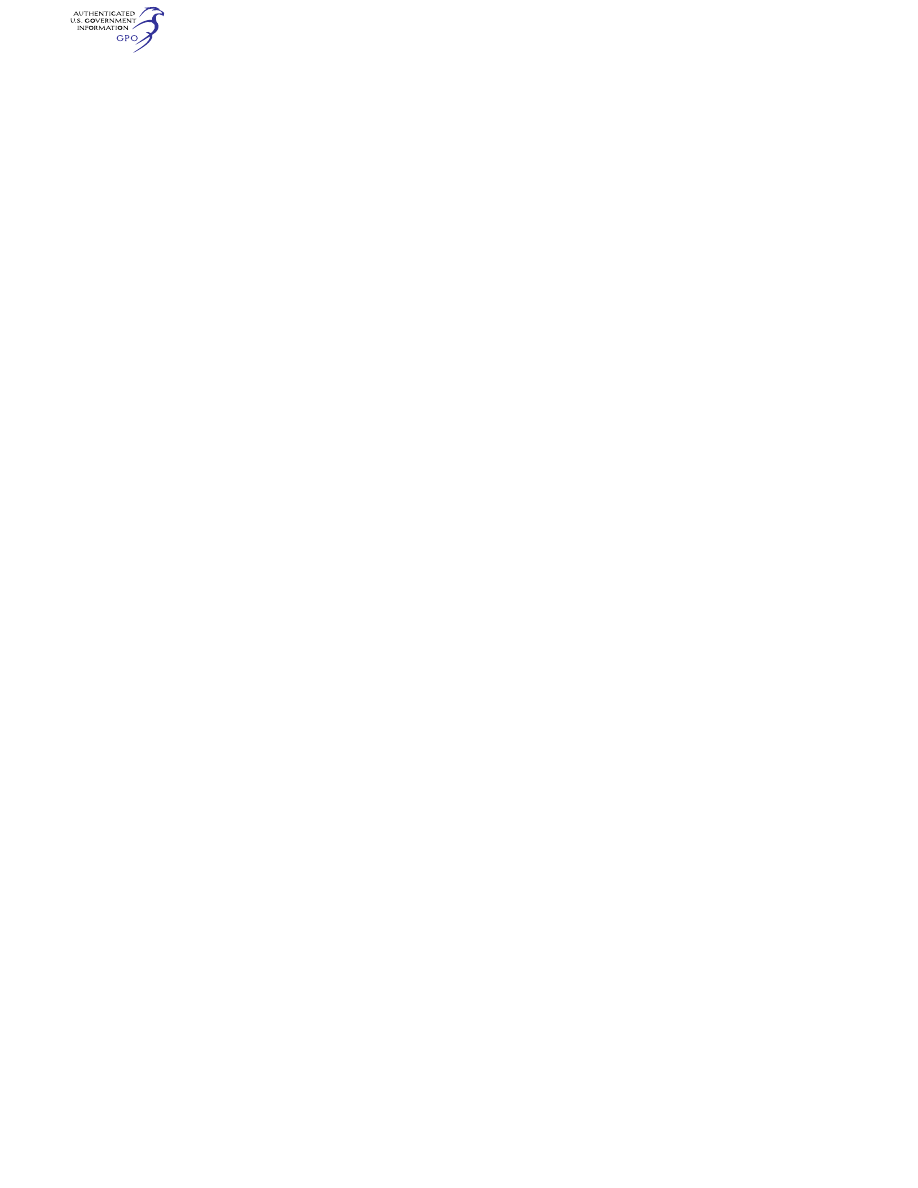
909
Federal Aviation Administration, DOT
§ 107.77
(3) Date of birth, which shows the ap-
plicant meets or will meet the age re-
quirements of this part for the certifi-
cate and rating sought before the expi-
ration date of the airman knowledge
test report; and
(4) Permanent mailing address. If the
applicant’s permanent mailing address
is a post office box number, then the
applicant must also provide a current
residential address.
(c) The minimum passing grade for
the knowledge test will be specified by
the Administrator.
§ 107.69
Knowledge tests: Cheating or
other unauthorized conduct.
(a) An applicant for a knowledge test
may not:
(1) Copy or intentionally remove any
knowledge test;
(2) Give to another applicant or re-
ceive from another applicant any part
or copy of a knowledge test;
(3) Give or receive assistance on a
knowledge test during the period that
test is being given;
(4) Take any part of a knowledge test
on behalf of another person;
(5) Be represented by, or represent,
another person for a knowledge test;
(6) Use any material or aid during the
period that the test is being given, un-
less specifically authorized to do so by
the Administrator; and
(7) Intentionally cause, assist, or par-
ticipate in any act prohibited by this
paragraph.
(b) An applicant who the Adminis-
trator finds has committed an act pro-
hibited by paragraph (a) of this section
is prohibited, for 1 year after the date
of committing that act, from:
(1) Applying for any certificate, rat-
ing, or authorization issued under this
chapter; and
(2) Applying for and taking any test
under this chapter.
(c) Any certificate or rating held by
an applicant may be suspended or re-
voked if the Administrator finds that
person has committed an act prohib-
ited by paragraph (a) of this section.
§ 107.71
Retesting after failure.
An applicant for a knowledge test
who fails that test may not reapply for
the test for 14 calendar days after fail-
ing the test.
§ 107.73
Knowledge and training.
An initial aeronautical knowledge
test and recurrent training covers the
following areas of knowledge:
(a) Applicable regulations relating to
small unmanned aircraft system rating
privileges, limitations, and flight oper-
ation;
(b) Airspace classification, operating
requirements, and flight restrictions
affecting small unmanned aircraft op-
eration;
(c) Aviation weather sources and ef-
fects of weather on small unmanned
aircraft performance;
(d) Small unmanned aircraft loading;
(e) Emergency procedures;
(f) Crew resource management;
(g) Radio communication procedures;
(h) Determining the performance of
the small unmanned aircraft;
(i) Physiological effects of drugs and
alcohol;
(j) Aeronautical decision-making and
judgment;
(k) Airport operations;
(l) Maintenance and preflight inspec-
tion procedures; and
(m) Operation at night.
[Amdt. No. 107–8, 86 FR 4383, Jan. 15, 2021]
§ 107.74
Small unmanned aircraft sys-
tem training.
Training for pilots who hold a pilot
certificate (other than a student pilot
certificate) issued under part 61 of this
chapter and meet the flight review re-
quirements specified in § 61.56 covers
the following areas of knowledge:
(a) Applicable regulations relating to
small unmanned aircraft system rating
privileges, limitations, and flight oper-
ation;
(b) Effects of weather on small un-
manned aircraft performance;
(c) Small unmanned aircraft loading;
(d) Emergency procedures;
(e) Crew resource management;
(f) Determining the performance of
the small unmanned aircraft;
(g) Maintenance and preflight inspec-
tion procedures; and
(h) Operation at night.
[Amdt. No. 107–8, 86 FR 4383, Jan. 15, 2021]
§ 107.77
Change of name or address.
(a)
Change of name. An application to
change the name on a certificate issued
VerDate Sep<11>2014
14:00 Mar 14, 2024
Jkt 262047
PO 00000
Frm 00919
Fmt 8010
Sfmt 8010
Q:\14\14V2.TXT
PC31
aworley on LAPBH6H6L3 with DISTILLER
